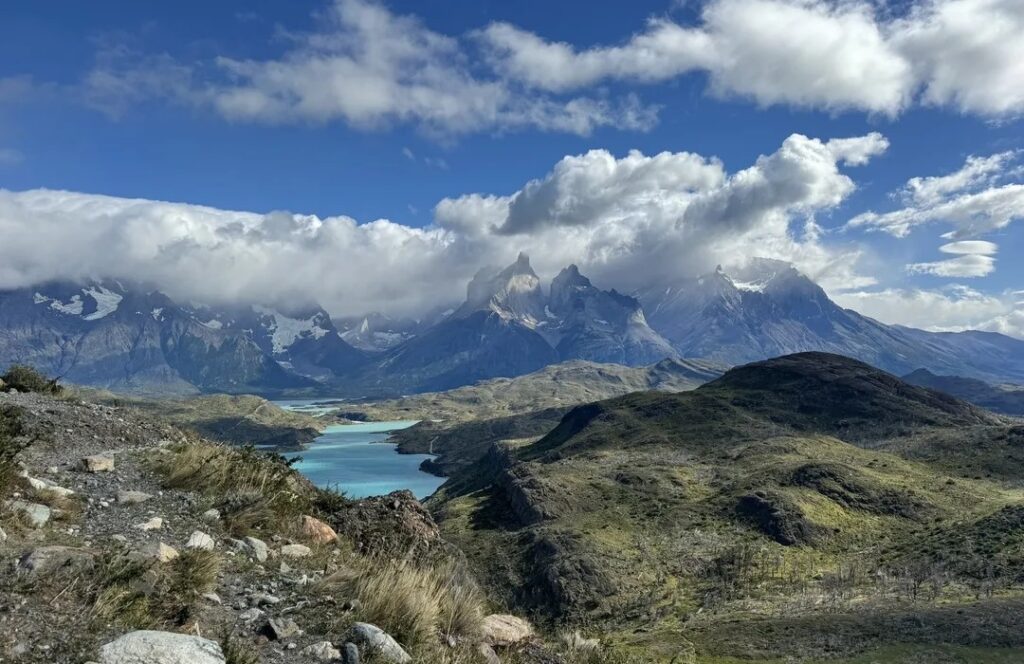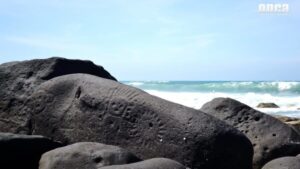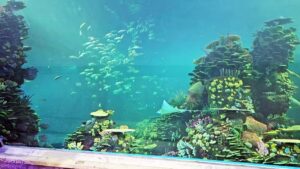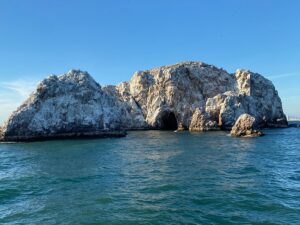Hiking Trails in Torres del Paine National Park, Chile
Nestled in the heart of Chilean Patagonia, Torres del Paine National Park is a hiker’s paradise, offering some of the most breathtaking landscapes on the planet. Known for its towering mountains, azure lakes, and sprawling glaciers, this park is a must-visit for nature enthusiasts and adventure seekers alike. Whether you’re an experienced trekker or a casual walker, Torres del Paine has something to offer everyone.
What to See
The park is renowned for its stunning natural beauty, with the iconic granite peaks of the Paine Massif serving as a dramatic backdrop. The most famous of these peaks are the three Towers of Paine, which are a must-see for any visitor. The park is also home to the Grey Glacier, a massive ice formation that can be viewed from various vantage points along the trails. The turquoise waters of Lake Pehoé and the cascading Salto Grande waterfall are other highlights that should not be missed. Wildlife enthusiasts will be thrilled by the chance to spot guanacos, foxes, and even the elusive puma.
Review and Experience
Visitors to Torres del Paine often describe it as a life-changing experience. The park’s trails range from easy day hikes to challenging multi-day treks, such as the famous W and O circuits. The W trek, in particular, is popular for its accessibility and the variety of landscapes it covers. Hikers are treated to views of glaciers, forests, and valleys, all while being surrounded by the majestic Andes mountains. The park’s well-maintained trails and campsites make it a comfortable yet adventurous experience. However, the weather can be unpredictable, so it’s essential to be prepared for all conditions.
A Bit of History and Interesting Facts
Torres del Paine was established as a national park in 1959 and was designated a UNESCO Biosphere Reserve in 1978. The park covers an area of approximately 242,000 hectares and is one of the largest and most visited parks in Chile. The name “Torres del Paine” translates to “Towers of Blue,” a nod to the striking blue hues of the mountains and lakes. The park’s diverse ecosystems support a wide range of flora and fauna, making it a vital area for conservation. Interestingly, the park’s landscapes have been shaped by glacial activity over thousands of years, creating the unique formations seen today.
How to Get There and Tips for First-Time Visitors
Getting to Torres del Paine is relatively straightforward. The nearest airport is in Punta Arenas, from where you can take a bus or rent a car to reach the park. The journey takes about five hours by road. Alternatively, you can fly into Puerto Natales, a smaller airport closer to the park, and then take a bus or drive for about two hours. Once in the park, there are several entry points and visitor centers where you can obtain maps and information.
For first-time visitors, it’s crucial to plan your trip according to the season. The best time to visit is during the Southern Hemisphere’s summer months, from November to March, when the weather is milder, and the days are longer. Be sure to pack layers, as the weather can change rapidly, and bring sturdy hiking boots for the rugged terrain. It’s also advisable to book accommodations and campsites in advance, as they can fill up quickly during peak season.








